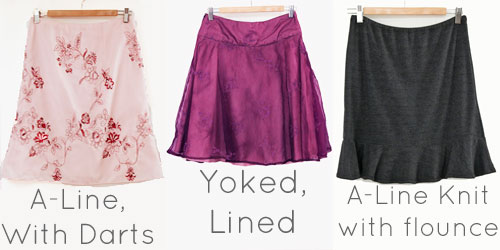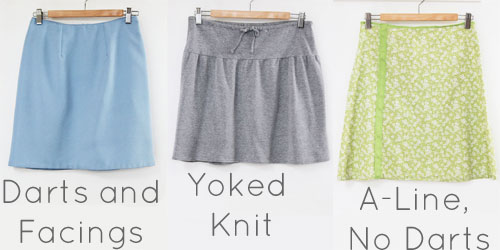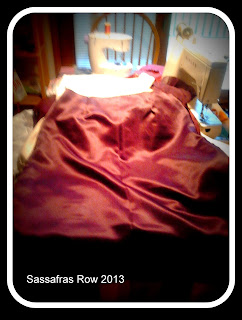Recently, Burda Style blogged these gorgeous patterns from their 2012 magazine. I want all of them!
http://www.burdastyle.com/blog/screen-siren-8-sexy-plus-size-patterns
#1: Lace Dress:

A fitted, cap sleeve dress with straight skirt and flattering style lines. This dress alone is a wardrobe staple, and could be made in various fabrics--it's a good idea to pick a pattern that you like and make it in different fabrics, and with small variations, to create a streamlined wardrobe; plus, each time you make it, it gets easier. You know the adjustments, and only have to fit the pattern once. However, I hate the peplum! Good thing it's removable!
#2: Bow-tie Collar Blouse:

This is also a fairly standard blouse, but with a few elegant details: slightly gathered sleeves at the "cuff" and a tie at the collar. I actually hate clothes with bows on them--what are we, eight years old? Come on, being juvenile is not "feminine." However, I like the way they style the tie on the model--instead of tying it, they've draped it inside the blouse so that the ends hang elegantly. This works because the fabric is sheer and drapey. Or, you could just eliminate the ties.
#3: Faux Wrap Dress:

This is a classic outline--a slightly A-line shape, with a flattering faux-wrap and slight gathers at the bust. A fabric with a slight amount of stretch would be ideal. I find no fault with this one! I want at least two of these!
#4: Cap-Sleeve Dress
This is a simple but sweet look. Another cap-sleeve style, with an A-line shape, this dress has gathers at the neck and armscye, flattering and elegant.
#5: Fitted Skirt:
What makes this stand apart is the lace--an elegant idea. But wait! I don't need to buy a pattern for this skirt--I can make my own! So there.
The blouse shown is also available as a pattern. That one I would like--another basic wardrobe staple to be made in various colors and textures of fabric. You can't go wrong with this one!
#6: V-Neck Jacket:
This works as either a blouse on its own, or as a light jacket with a shell underneath. Personally, I prefer it as a blouse, because the V-neckline sits perfectly on the body and really doesn't need anything else competing with it.
#7: Almost a Shirt Dress:
What's great about this one is it looks like a classier version of the shirt dress. It also looks like a blouse/skirt combination. You might wonder, why do I need a shirt/skirt dress when I have so many shirts and skirt? The answer is this, my friends. When it's a dress, the blouse part always fits perfectly at the waist, it never "blouses" out, and it stays "tucked in." Which all adds up to a sleeker, more figure-flattering look. Especially with the belt, which for curvy types helps accentuate all the best features!
As I said above, I want all of these! I started realizing yesterday that I might be a little bit sad after finishing my wedding dress project.





























